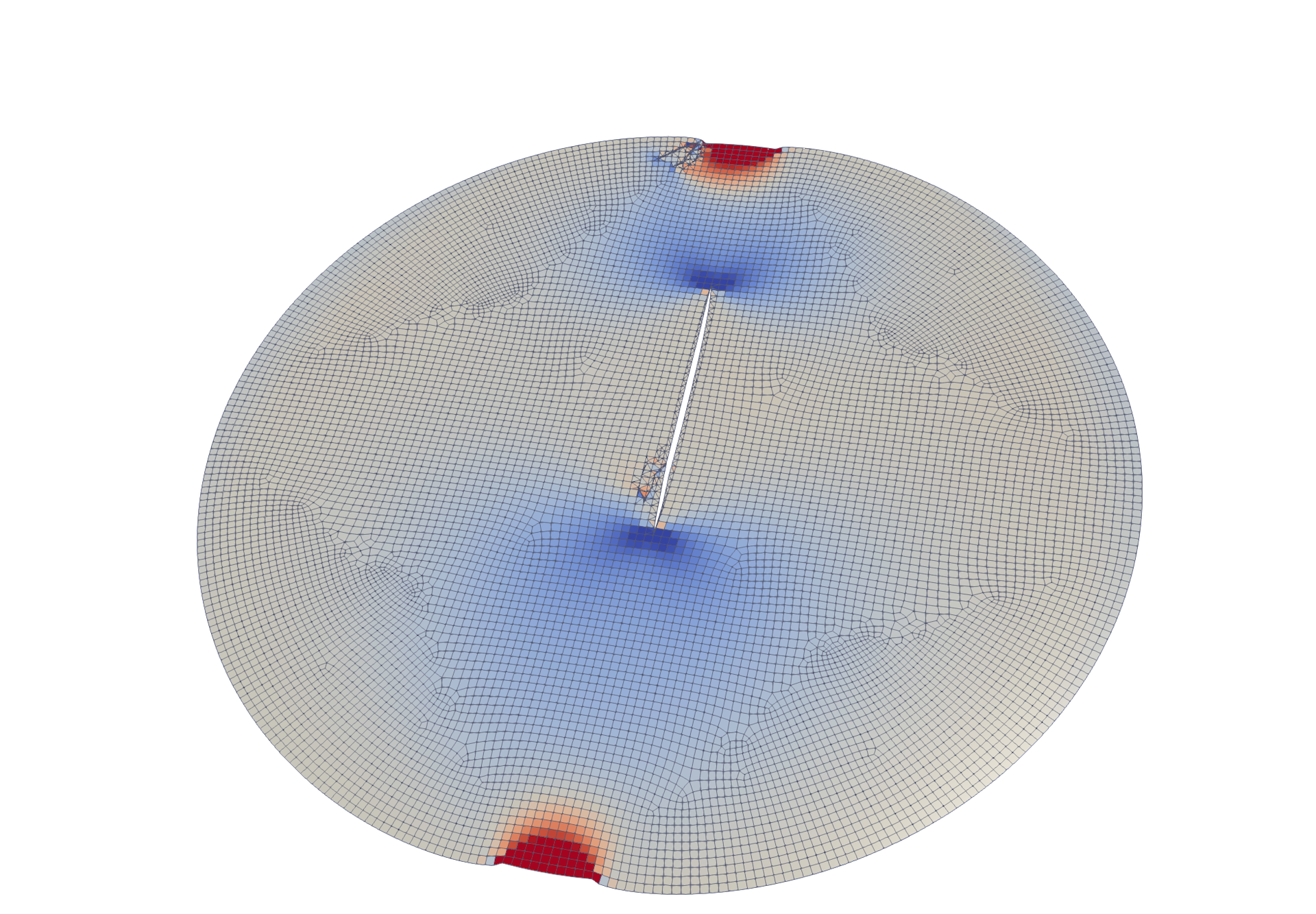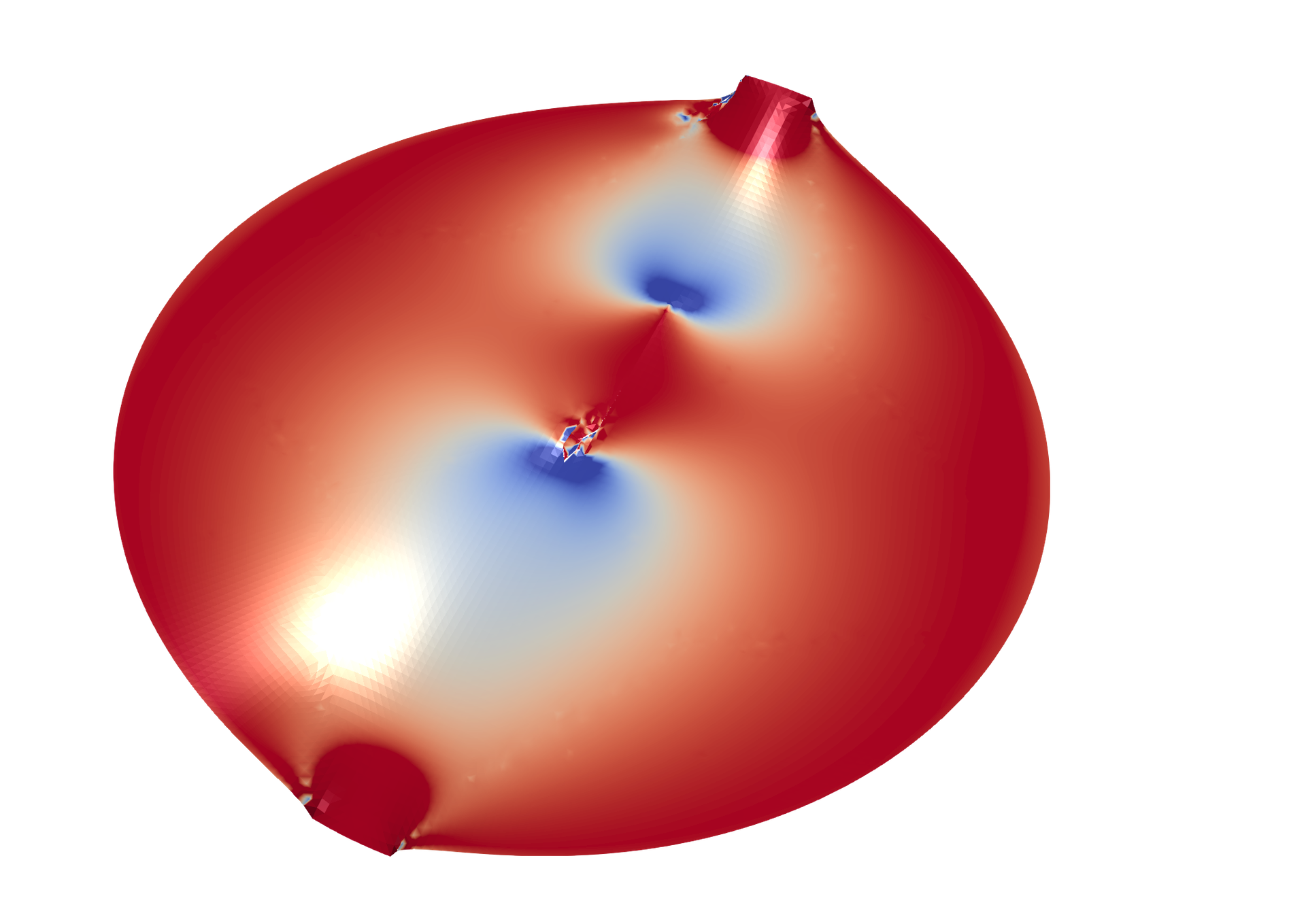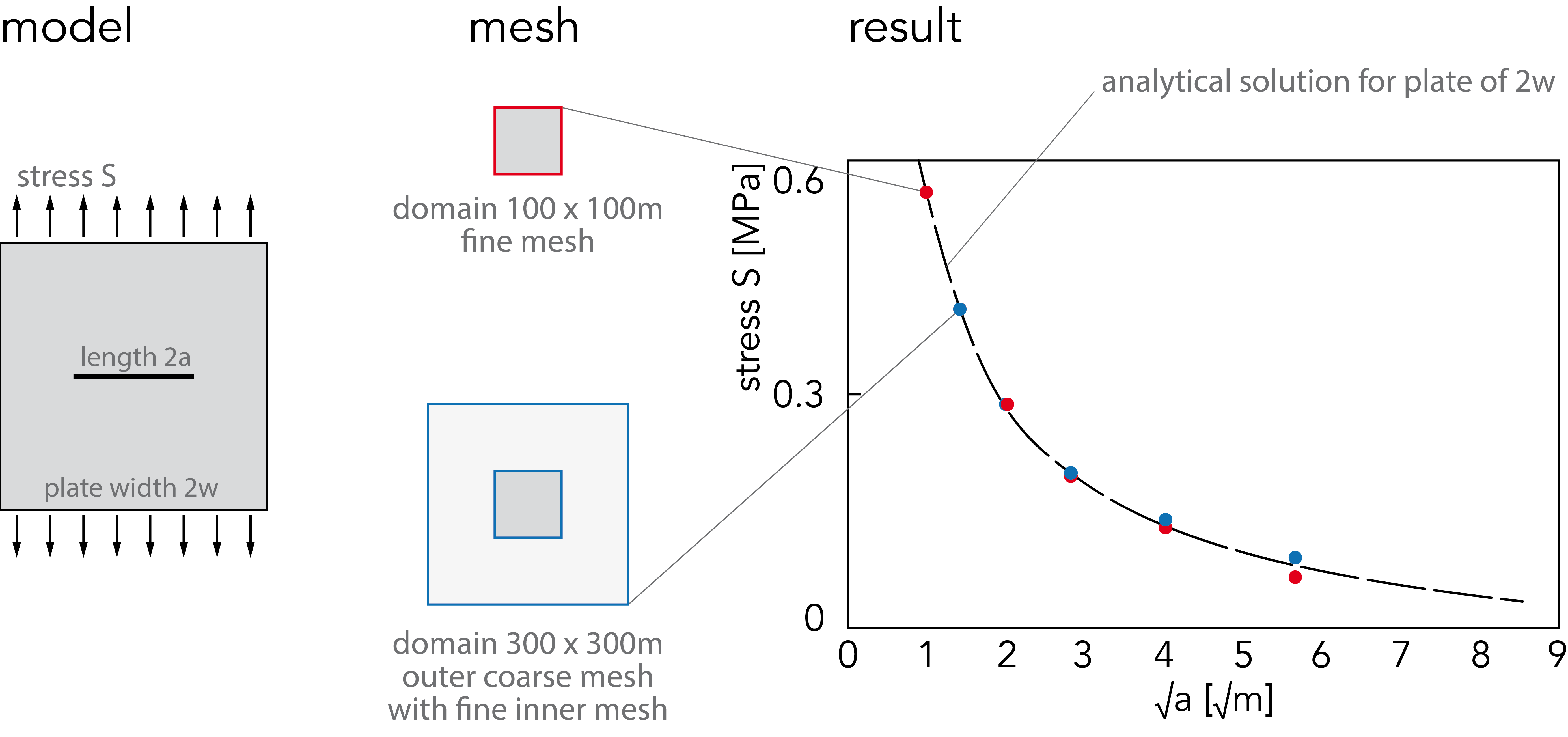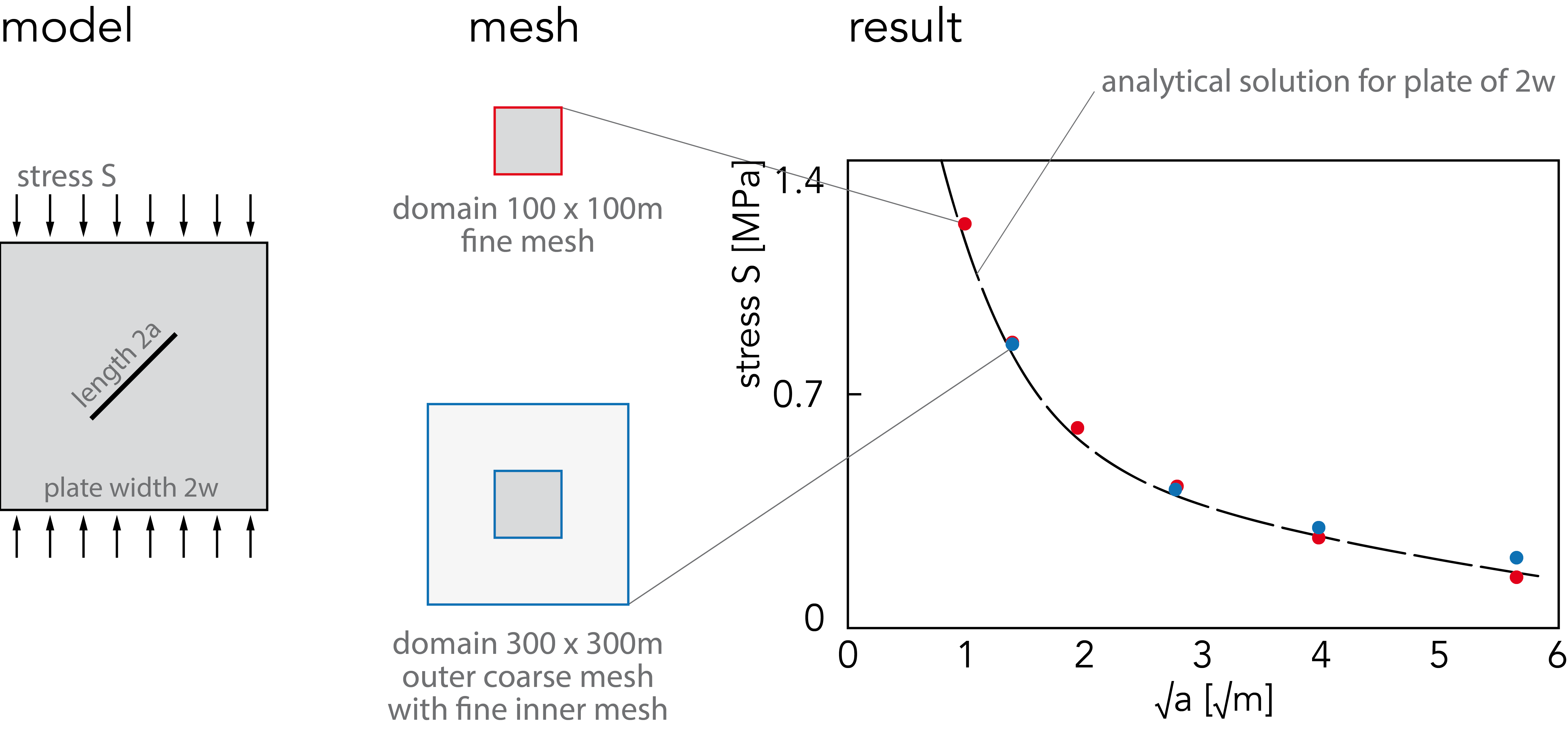the idea
The mechanical and hydraulic behaviour of rock mass is governed by the existing fracture network. Fractures host the deformation and govern fluid flow. Therefore, it is a logical move to introduce a software that can simulate the evolution of the fracture network. The evolution of the fracture network is modelled in roxol by dedicated employment of fracture mechanics principles. This ensures that the input parameters to the code have a physical meaning and can be determined in the laboratory. Development of roxol started with this idea in mind in 2010 and is available for studies now. Initially, both the mathematical but also geomechanical framework had to be developed. roxol consequently is based on an open software architecture and latest software development standards. This ensures easy and safe extension of the code in upcoming developments, while offering backward compatibility of projects.





